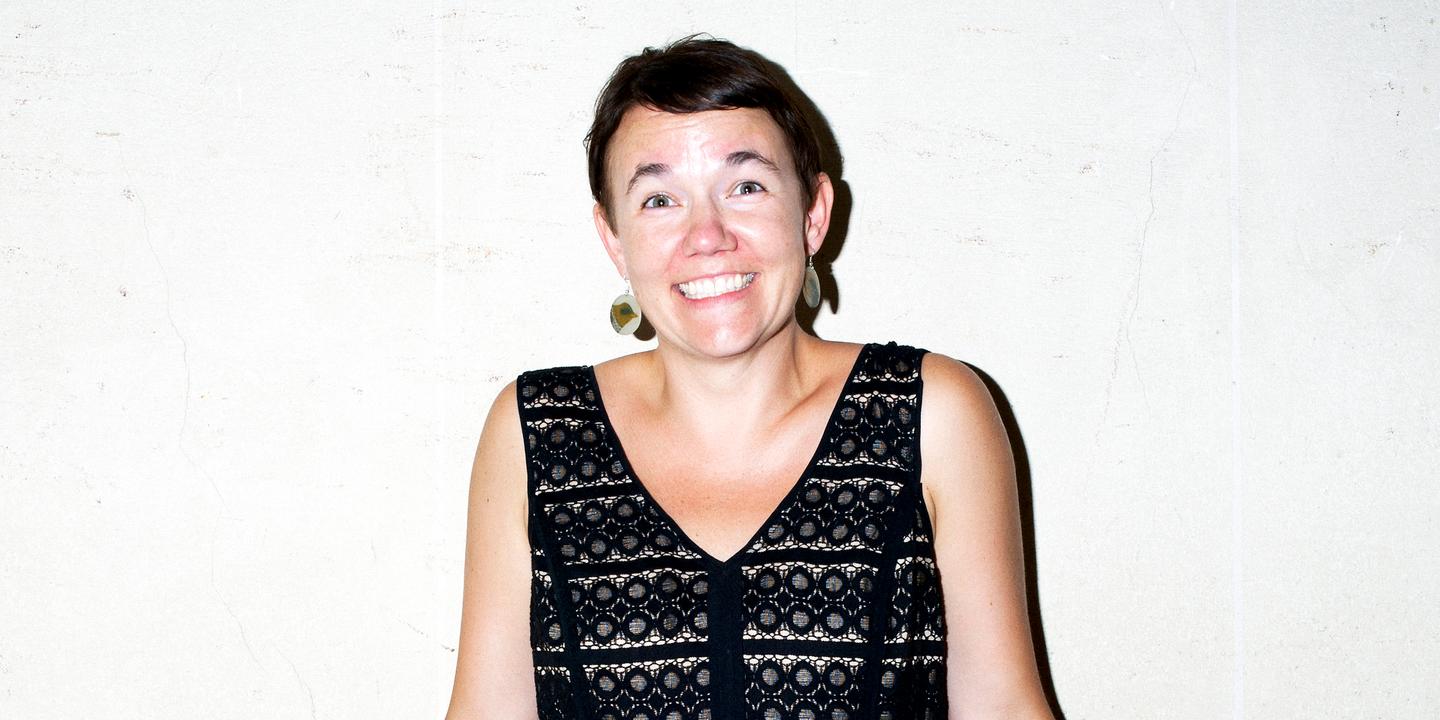“Anatomie d’un mariage” (The Behavior of Love), by Virginia Reeves, translated from English (United States) by Carine Chichereau, Stock, “La cosmopolite”, 432 p., € 22.90, digital 16 €.
Where does therapeutic dedication end, where omnipotence and blindness begin? In his previous novel, A job like any other (Stock, 2016), the American novelist Virginia Reeves recounted, through her hero’s devouring passion for electricity, the switch from fascination to obsession. Anatomy of a marriage continues this exploration of the twists and turns of the psyche, drawing the reader into the mysteries of mental therapy.
Third figure
At the heart of the text, Edmund Malinowski, brilliant behavioral psychiatrist who has been entrusted with the management of a hospital in Montana. The task that falls to him is as overwhelming as it is exciting, since it involves in-depth reform of the treatment of mental illnesses, with the help of these alternative therapies which began, in the 1970s, to make their way in the western psychiatry. Attentive and discreet, Reeves searches the nooks and crannies of this mysterious place where Malinowski officiates: the psychiatric institution, shaped by a mixture of powerless goodwill and bureaucratic absurdities. A closed, labyrinthine place, of which even the very rational doctor perceives the spectral strangeness. “He crosses the hallway that leads to his office. He may not believe in ghosts, he always feels a more or less human presence through these corridors, the sound of his footsteps on the linoleum only mingles with the squeak of sneakers, the hammering of hooves, the scraping of chairs. that we push to put them back in their place. “
The reader oscillates, drawn first by the communicative energy of the doctor devoted to his task, then overtaken by the bitter lucidity of his lonely wife, a secondary character in a heroic story that excludes him.
Unlike his patients, Malinowski has a life outside the institution, and the novel delicately interweaves the study of the psychiatric universe with that of the breakdown of a couple. Because the protagonist did not come alone to accomplish his heroic mission; he took with him his wife, Laura, a painter who followed him to this wilderness, where “The sky is so vast, so blue, that he could not describe it”. Virginia Reeves sets up a delicate alternation, where the man and the woman take control, one after the other, over the narration, in a complex and vacillating system of empathy. Indeed, if the imperturbable good conscience of Edmund is evoked in the third person, Laura tells her doubts in the first.
You have 49.24% of this article to read. The rest is for subscribers only.
–

